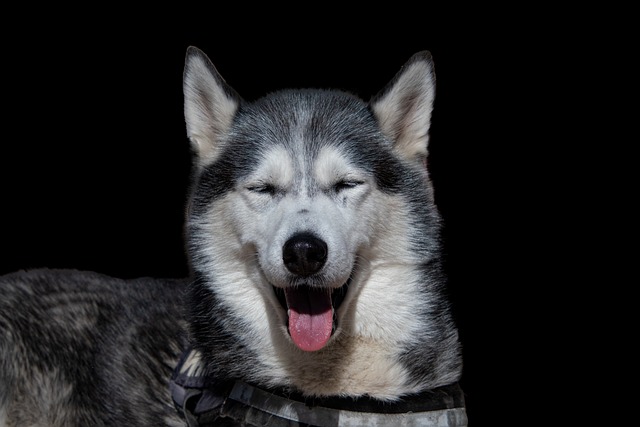
How do i train my dog to be obedient?
Watching your dog dart across the park ignoring your calls isn’t just frustrating—it can put them at risk near busy streets or public spaces.
You’re on your daily walk when suddenly your dog spots another pup across the street. What begins as normal curiosity quickly escalates into lunging, barking, and pulling—leaving you embarrassed and wondering why your friendly companion turns into a frantic stranger on leash. Reactivity isn’t about disobedience; it’s often a stress response driven by fear, frustration, or overexcitement. Understanding this distinction is the first step toward helping your dog feel—and act—differently.
Reactivity stems from the amygdala, the part of the brain that processes emotions. When your dog sees a trigger (like another dog or a skateboard), their body may flood with cortisol and adrenaline, putting them in a fight-or-flight state. Punishing this reaction only increases their stress, potentially making the behavior worse. Instead, modern behavior modification focuses on changing your dog’s emotional response through techniques like counterconditioning and desensitization. This means gradually exposing them to triggers at a distance where they stay calm, then pairing the sight with high-value treats like chicken or cheese. Over time, their brain learns to associate the trigger with positive outcomes rather than threat.
Start by identifying your dog’s “threshold distance”—how far away they need to be from a trigger to notice it without reacting. For some dogs, this might be 50 feet; for others, half a block. Bring extra-high-value rewards on walks and generously reward calm behavior when triggers appear. If your dog does react, calmly create distance instead of scolding. This positive approach aligns with animal welfare standards across the U.S. and EU, where force-based corrections are increasingly discouraged and even prohibited in some regions. Remember, reactivity training requires patience—progress isn’t linear, but consistency pays off.

Always ensure your dog’s vaccinations—particularly rabies—are current, as reactive dogs may inadvertently get closer to others during training moments. This isn’t just a health precaution; it’s legally required nationwide. When practicing in public spaces, respect leash laws and be extra vigilant about cleaning up after your dog—reactive episodes can distract from usual routines. Consider using a yellow ribbon or bandana on your leash (a recognized symbol for “need space”) to politely signal others to maintain distance without confrontation.
For apartment dwellers, reactivity presents unique challenges. Use window films or furniture arrangement to reduce visual triggers indoors. Time walks for quieter hours and choose less crowded routes. In shared spaces like elevators or lobbies, position your dog behind you and reward focused attention. If reactions occur, apologize briefly to neighbors but avoid lengthy explanations—most people understand with a simple “We’re in training!” Carry small treats in a fanny pack for quick access, and consider hiring a force-free trainer who specializes in urban environments. Their expertise can be invaluable for developing personalized strategies that respect both your dog’s needs and community living standards.
While DIY methods help many dogs, don’t hesitate to consult a certified behaviorist if reactivity includes growling, snapping, or intense anxiety. These experts can rule out medical causes and create tailored plans—sometimes including anxiety-reducing supplements or medications—that ensure safety and progress. With time and compassion, most reactive dogs learn to face the world with greater confidence and calm.

Watching your dog dart across the park ignoring your calls isn’t just frustrating—it can put them at risk near busy streets or public spaces.

New puppy owners often find themselves rushing to clean up accidents before they set in, and that’s where puppy pad training becomes a game-changer.

If you've noticed your dog's waistline disappearing and your veterinarian has mentioned those few extra pounds, your first instinct might be to simply reduce the amount of food in their bowl.

Training a dog to use a designated spot indoors isn’t as daunting as many new owners fear, but it does take consistency and an understanding of your pet’s needs.

That moment of dread on a walk is all too familiar for many new dog owners. You see another dog approaching down the sidewalk of your neighborhood

If the sight of another dog on your neighborhood walk makes your heart sink as your own dog erupts into a frenzy of barking and lunging, you're not alone.